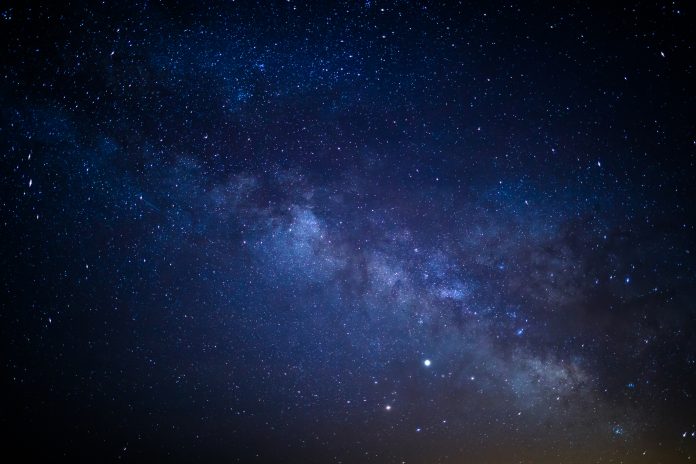Astronomers have identified what could be two of the Milky Way’s earliest building blocks, “Shakti” and “Shiva”
These proto-galactic fragments are believed to have merged with the nascent Milky Way between 12 and 13 billion years ago, helping us to understand the galaxy’s formative years.
The galactic evolution
The findings, published in the Astrophysical Journal, mark a significant milestone in our understanding of galactic evolution.
Dr. Khyati Malhan and Dr. Hans-Walter Rix from the Max Planck Institute for Astronomy lead the research, using data from ESA’s Gaia mission and the Sloan Digital Sky Survey (SDSS).
How did astronomers trace these ancient galactic relics?
When galaxies collide and merge, a complicated interplay of forces unfolds. Hydrogen gas clouds destabilise, birthing new stars while existing stars from merging galaxies intermingle. Stars have fundamental properties tied to their original galaxies, such as energy and angular momentum.
By combing through Gaia’s comprehensive stellar data and analysing stellar spectra from SDSS, researchers identified groups of stars with distinct energy and angular momentum signatures.
These signatures and low metallicity suggest that Shakti and Shiva originated from separate galaxies that merged with the Milky Way aeons ago.
Discovering Shakti and Shiva
The identification of Shakti and Shiva shows the influence of big data in astronomical research. Gaia’s unusual dataset, including precise measurements for billions of stars, has changed our understanding of the Milky Way’s dynamics.
Rix says: “Shakti and Shiva might be the first two additions to the ‘poor old heart’ of our Milky Way, initiating its growth towards a large galaxy.”
Previous discoveries, including the Gaia Enceladus/Sausage and Pontus streams, predicted this latest breakthrough. Forthcoming surveys such as SDSS-V, 4MOST, and LSST/Rubin Observatory also promise to improve our understanding of cosmic archaeology.
These surveys will provide additional data and precise distance measurements, enabling astronomers to unravel the mysteries of our galaxy’s ancient past further.











